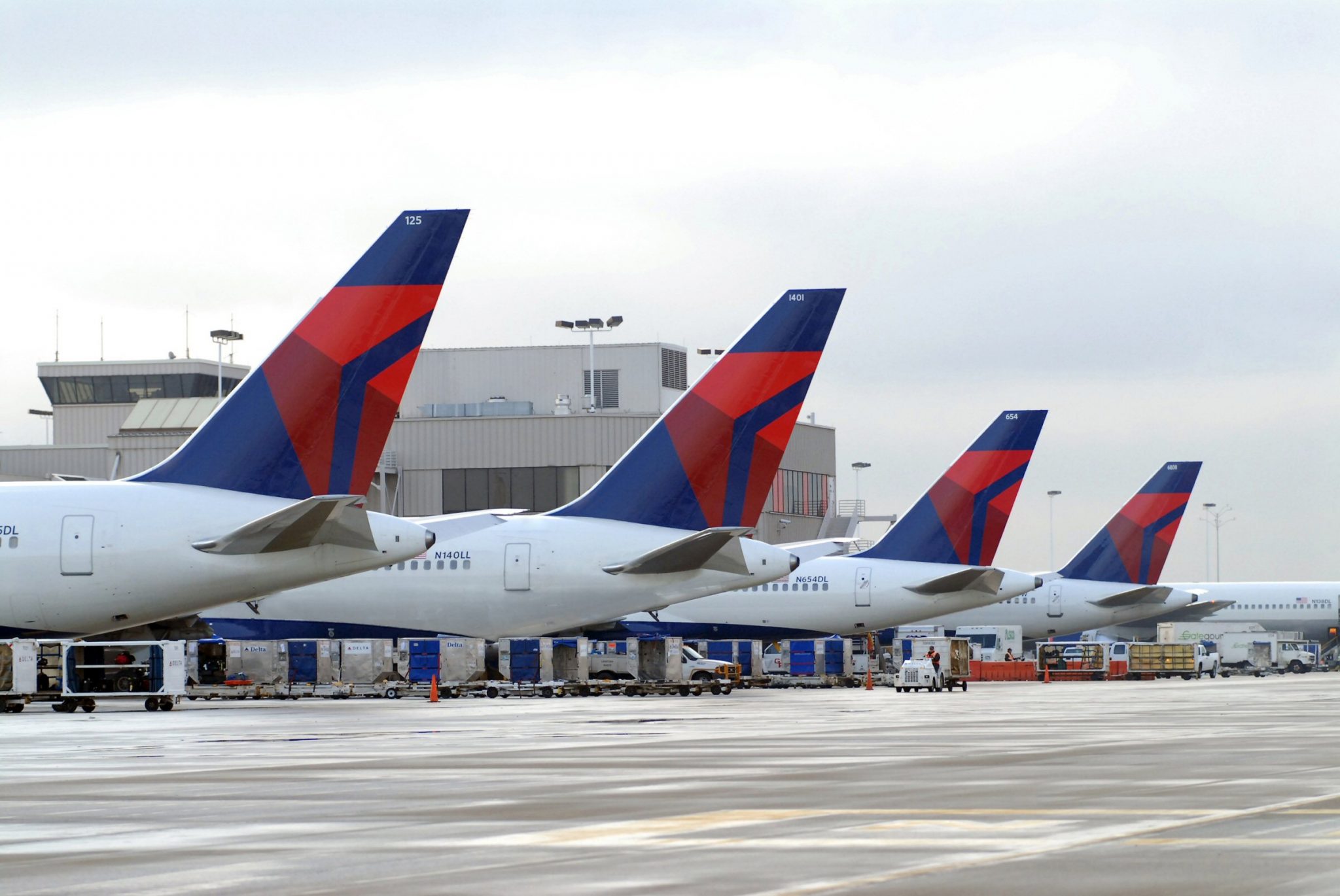Newlyn Group opened its new R3.4-billion multimodal rail terminal, one of the largest facilities in the Southern Hemisphere, near Durban port on Thursday.
The Newlyn PX Bayhead Rail Terminal, which was developed in response to President Cyril Ramaphosas call for private investment in the country, is strategically located next to the port and is expected to enhance intra-Africa and local trade and investment opportunities.
Newlyn Group CEO, Raj Balmakhun, said the development was a major milestone for SA and showcases what can be achieved when the private sector and government work together for the future of our country and her people.
The terminal comprises seven separate warehousing units (PX 1-7). Four of these have been leased on a long lease to C Steinweg Bridge, and three units have been leased to Access World, while the land has been leased from Transnet.
The development comprises some 640 000 square metres, including 350486sqm under cover and 267865sqm of yard, rail siding and other infrastructure, making it one of the largest multimodal rail terminals in the Southern Hemisphere.
Speaking at the opening, the president said the project would boost the countrys logistics infrastructure network and was a symbol of recovery and resilience for Durban, KwaZulu-Natal, and the country.
Upgrading local port infrastructure is critical to the success of the Africa Continental Free Trade Area (AfCFTA), and this new terminal will facilitate the swift movement of goods from South Africa to the continent and beyond, Ramaphosa said.
The completion of the project comes after Newlyn Group initially pledged an investment commitment of R3.1bn at the South African Investment Conference in 2019. The development, currently valued at R3.4bn, facilitates the movement of sea, rail, and road cargo via a multimodal hub to assist with the handling, storage, loading and movement of cargo, including hard and soft commodities in bulk and breakbulk, containerised and project cargo.
The development is the first large-scale rail and road-connected facility close to the port that can manage high volumes of cargo to unlock the north and landlocked southern African trade corridors.
We have updated limited and ageing infrastructure at one of Africas busiest ports and have drawn on international best practice in modern rail terminal design to accommodate seven block trains of 50 wagons each simultaneously, said Firdhose Coovadia, Newyln Groups chief value officer.
The added rail capacity accelerates the movement of cargo from road to rail, adding immense new opportunities for businesses, local economies, and supply chains, Coovadia said.
According to the United Nations Conference on Trade and Development, more than 80% of the volume of international trade in goods is carried by sea, and the percentage is even higher for most developing countries. However, according to the African Union, the inadequacy of basic infrastructure has been a major factor in the lack of diversification and competitiveness on the continent.
This project helps close these gaps. It drives national logistics capacity, improves global competitiveness and will help unclog bottlenecks along the critical trade corridor between Johannesburg and the Port of Durban, Balmakhun said.
Coovadia said the potential of the AfCFTA could also be unleashed.
AfCFTA promotes industrialisation and diversification of economies by encouraging the development of regional value chains and the manufacturing sector. Congested and poorly functioning ports hold back the immense benefits of intra-African trade, but solutions like ours ensure more trade, more industrial activity and more jobs, Coovadia said.
The facility already processes approximately 1 400 truck gate movements each day and handles about 380 000 tons of cargo a month. Commodities handled in the terminal include copper, project cargoes and equipment, cobalt, paper, fertiliser, renewable energy project cargo, zinc, and mining reagents.
The development focuses strongly on environmental social and governance (ESG) aspects of business, and has LED lighting, embedded rail, environmentally friendly air-cooled transformers vs oil/lead cooling systems, strategic/static ventilation to reduce energy consumption, fully compliant standalone fire system, with bulk material from demolition recycled and used as sub-base material for layer works. The rooftops can accommodate infrastructure to generate 30MW of solar energy.
About 4 013 direct jobs were created during the projects construction and more than 1 000 full-time jobs have been created during the operations phase.
Sign up to our mailing list and get daily news headlines and weekly features directly to your inbox free. Subscribe to receive print copies of Freight News Features to your door.











